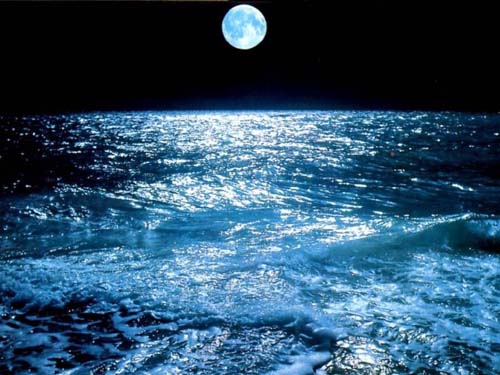
Experts from the Guangdong Astronomy Association have suggested that the Wenchuan quake might be related to specified astronomical factors.
Quake time: first quarter
The devastating Wenchuan quake happened on the first quarter (the eighth day of the fourth month of a Chinese lunar year). At 11:47 AM, the moon reached its first quarter, a point at which the sun, the earth, and the moon formed a right-angled triangle. Measured from the earth, the sun and the moon formed a right angle. On this particular day, the lunisolar tidal force exerted a particularly strong influence on the earth.
A number of previous severe earthquakes have taken place around the first and the last moon quarters:
Alaska was hit by a 9.1 magnitude earthquake on March 9, 1957 (the 8th day of the 2nd lunar month), precisely when the moon was at first quarter.
An 8.8 magnitude quake hit Ecuador on January 31, 1906 (the 7th day of the 1st lunar month), one day before the first quarter.
An 8.0 magnitude quake hit Gulang County of China's Gansu Province on May 23, 1927 (the 23rd day of the 4th lunar month), one day before the last quarter.
Haicheng County of Liaoning Province was hit by a 7.3 magnitude earthquake on February 4, 1972 (the 24th day of the last month of a Chinese lunar year), one day after the last quarter.
Three celestial bodies in the same plane
Ordinarily the motions of the three celestial bodies are not in the same plane, but form a 5° angle. Wenchuan was hit by the quake at the moment when the sun, the moon, and the earth all lay on the same plane.
If the hypothesis is correct, this unusual phenomenon could result in friction between tectonic plates.
Sun and moon at the same latitude
On the eve of the Wenchuan quake, the sun and the moon were also at the same latitude.